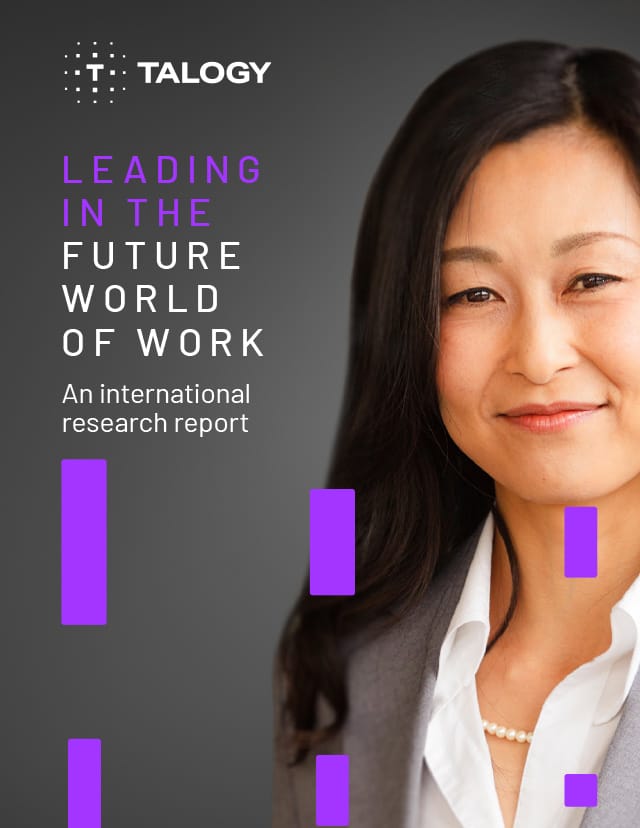Written by Amy Gammon, Ph.D., Managing Research Consultant
Previously published by PSI Talent Management or Cubiks, prior to becoming Talogy.
On June 26, President Trump signed a new executive order that calls for federal hiring reform. As the largest employer in the nation, with 2.1 million civilian workers, this executive order is significant. It highlights the importance of matching job-relevant skills to the positions in question. In contrast to a blanket qualification requiring a college degree, this executive order creates a pathway for millions of Americans to enter the government workforce as long as they have the right skill sets.
The Importance of Measuring KSAOs in Your Hiring Process. Specifically, the executive order requires the revision of job classifications and qualification standards. While engineering degrees for engineers or medical degrees for public health officials are still important, there are also jobs where simply having a bachelor’s degree may not matter for job success, and thus, should not be considered a requirement. Aside from modifying qualifications to focus on job-related skills, the executive order also seeks to improve the use of assessments in federal hiring processes.
This idea is not new to Industrial and Organizational Psychologists or corporate America. In fact, in recent years, technology giants like Apple and Google have loosened degree requirements. This talent strategy is consistent with the notion that organizations should always focus on job-relevant Knowledge, Skills, Abilities, and Other characteristics (KSAOs) for employment decisions. Prioritizing KSAOs over education is especially important in the rapid changing labor market. We are seeing rapidly advancing technology shifts and evolution in the nature of work; a candidate with educational credentials from 10 years ago is likely less qualified based on their degree than a candidate with job-related experience and skills.
The focus this executive order places on KSAOs can help organizations make better business decisions. In fact, creating a hiring process based on KSAOs that are identified with a thorough job analysis has long been considered a best practice among I/O Psychologists. Further still, the Uniform Guidelines on Employee Selection Procedures clearly lays out how US organizations should use job-related hiring practices. This focus on job-related KSAOs over tangentially relevant predictors like education has its roots in empirical research. Research on predictors of job performance have investigated the relative contribution of education versus job-related assessments in predicting job performance and informing employment decisions. We explain several such findings below:
Data were examined across a total of 584 employees in four studies, and a consistent pattern of results emerged. These studies varied across job types/levels and with a variety of PSI assessments. Specifically, we investigated the manager level as well as a variety of positions at the individual contributor/entry level to see if these results would generalize across a broad group of job families. Overwhelmingly, the results showed that the PSI assessments performed better in predicting job performance compared to education for all positions. Further, education (no college degree versus college degree) did not show significant prediction of overall job performance for any of the jobs. Individuals with college degrees did not perform better on the jobs regardless of type or level.
Effective Predictors of Job Performance
|
|
Scientifically Valid PSI Assessment |
College Degree |
|
Entry-Level Call Center Associates |
|
|
|
Sales Associates
|
|
|
|
Customer-Facing Service Associates |
|
|
|
Front-Line Managers |
|
|
Furthermore, removing non-essential educational requirements will likely lead to a more diverse workforce. It is no secret that accessibility to education varies in society today. Minority and lower-income groups are at a disadvantage to obtain and complete college education. By focusing on job-relevant KSAOs measured by a valid assessment, organizations will be able to broaden the available talent pipeline. A carefully designed assessment process should lead to fairer decisions and help level the playing field relative to relying on an education requirement alone. To illustrate this, another study was conducted examining diversity in hiring in entry-level roles. In this study, we investigated the impact on diversity in using an education requirement versus using a job-related assessment. We found that relying on the assessment rather than college degree resulted in an 8% increase in hiring racial minorities and a 4% increase in hiring females.
In conclusion, the current executive order requires many federal agencies to rethink their hiring practices. Anytime there is a policy change, it is important to consider the consequences. In this case, the new executive order has a sound underpinning in science. Our studies demonstrate that by following the guidelines presented in the executive order, federal agencies have the opportunity to both make more predictive employment decisions AND improve the diversity in their workforce. During this election cycle, there are heated points of view about seemingly every policy decision from both sides of the aisle. Regardless of any particular political leaning, it is important to consider data when evaluating policy change. In this case, this new executive order has the potential to provide a positive impact to government agencies by refocusing hiring processes on job-relatedness. Our studies show that by following the new executive order and using a job-related assessment rather than an education requirement, agencies could improve prediction across a broad set of job families and also improve diversity in their hiring process.


